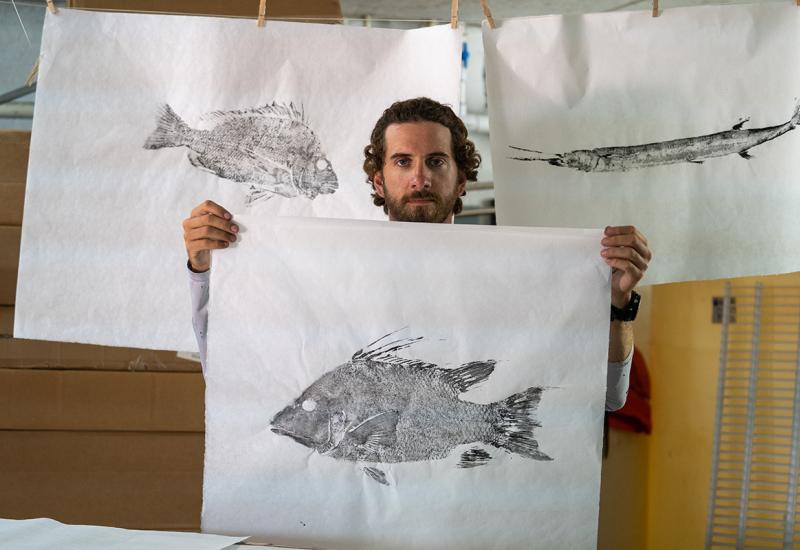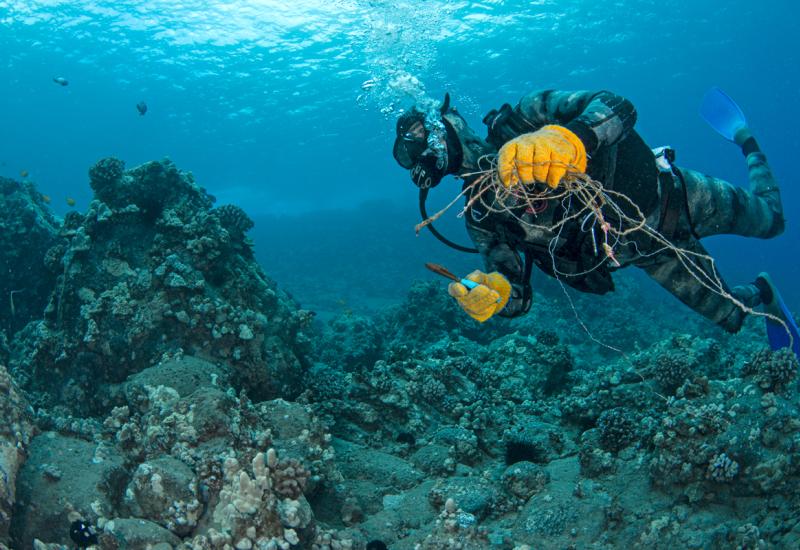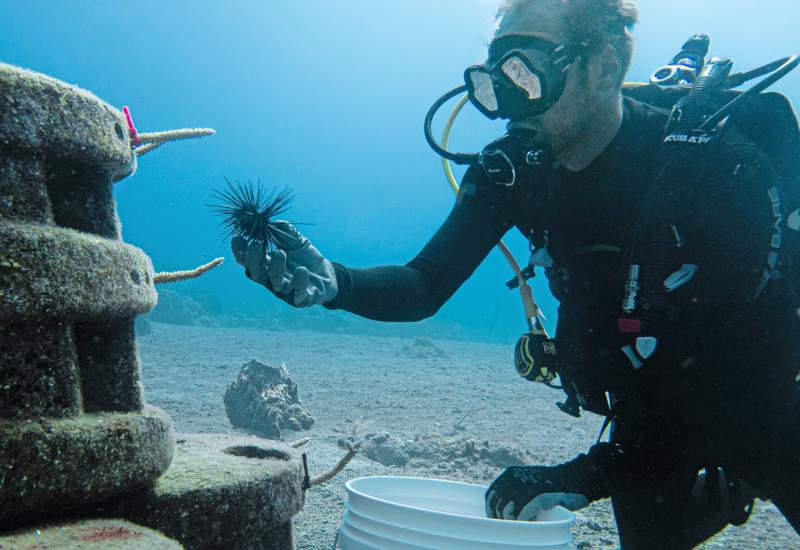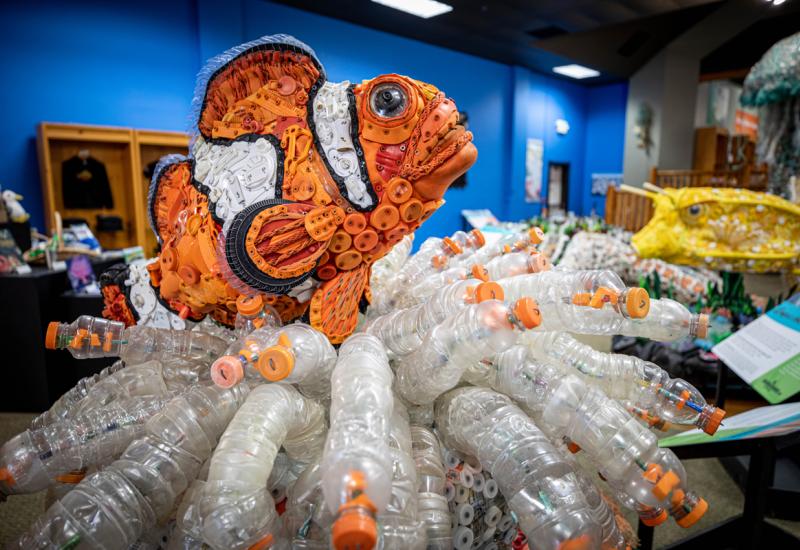Seven Marine Protected Areas You Need to Dive
Marine protected areas preserve ecosystems, sustain fish populations or preserve artifacts like shipwrecks. Diving these highly successful marine parks shows governments there is an active interest in (and financial support for) designating swaths of ocean for conservation.
There are more than 1,700 marine protected areas in the world, but here are seven you shouldn’t miss.
Raja Ampat Marine Protected Area, Indonesia
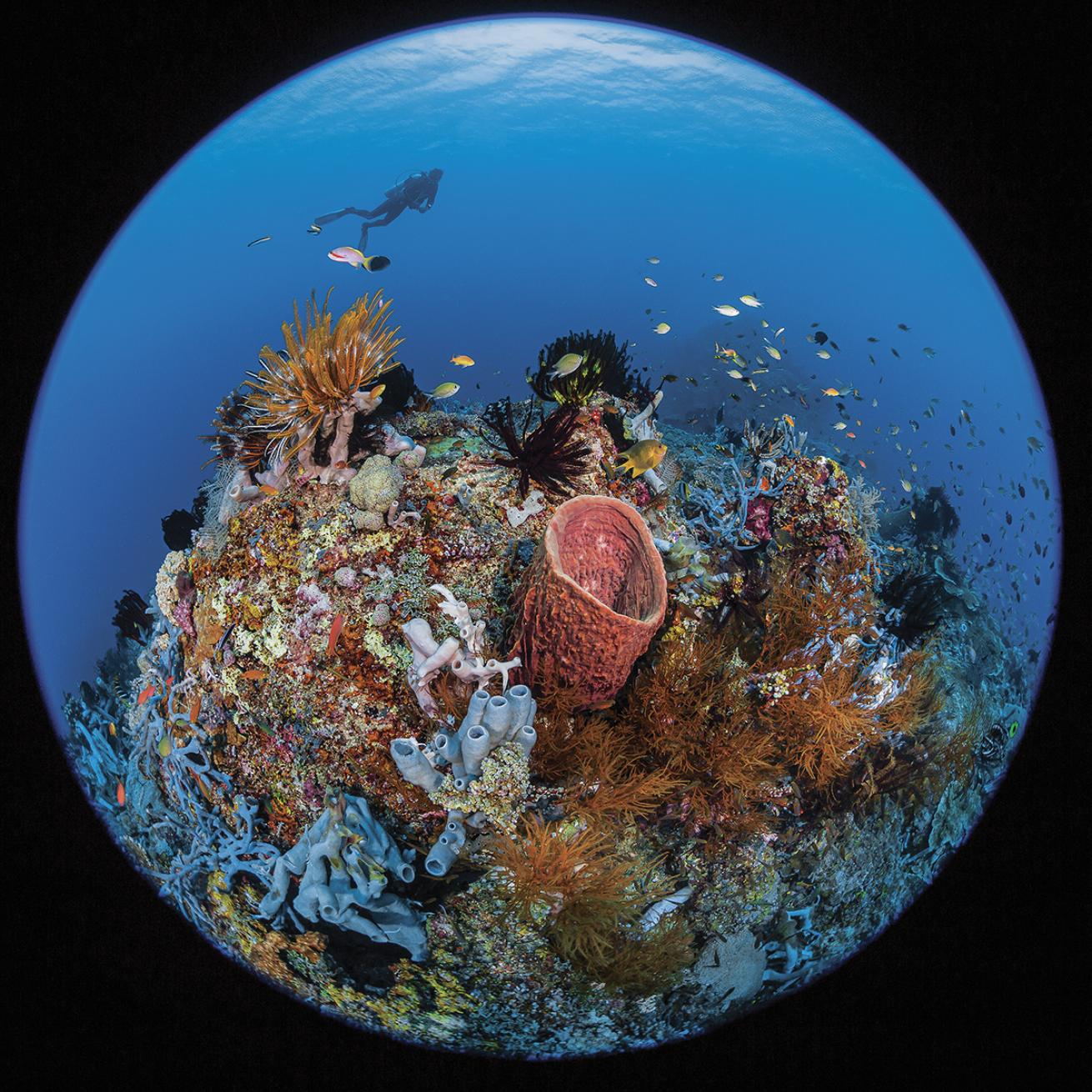
Jennifer PennerWhile there are a wide variety of marine protected areas, a no-take MPA means no natural resource can be taken from the area, including fish and coral.
Dive anywhere off the Raja Ampat archipelago and you’ll understand the efficacy of private resorts, such as the Misool Eco Resort, working in tandem with local governments to create and manage no-take marine parks. “At any of the sites in Raja, you can have one of the best experiences of your diving life,” says National Geographic explorer-in-residence Enric Sala.
Cocos Island National Park, Costa Rica
This remote island has had the advantage of time on its side, with Costa Rica declaring it a national park in 1978. The park remains a no-take zone, but rangers have been largely unable to enforce regulations. Despite this, Cocos remains a place of abundance, where divers regularly intermix with hundreds of whitetips and other species of shark.
Palau National Marine Sanctuary
In 2015, this Western Pacific island nation declared 80 percent of its offshore territorial waters a national marine sanctuary—creating one of the largest marine protected areas in the world. Inshore, the breeding grounds along the coral reefs are protected as no-take areas.
Channel Islands National Park, California
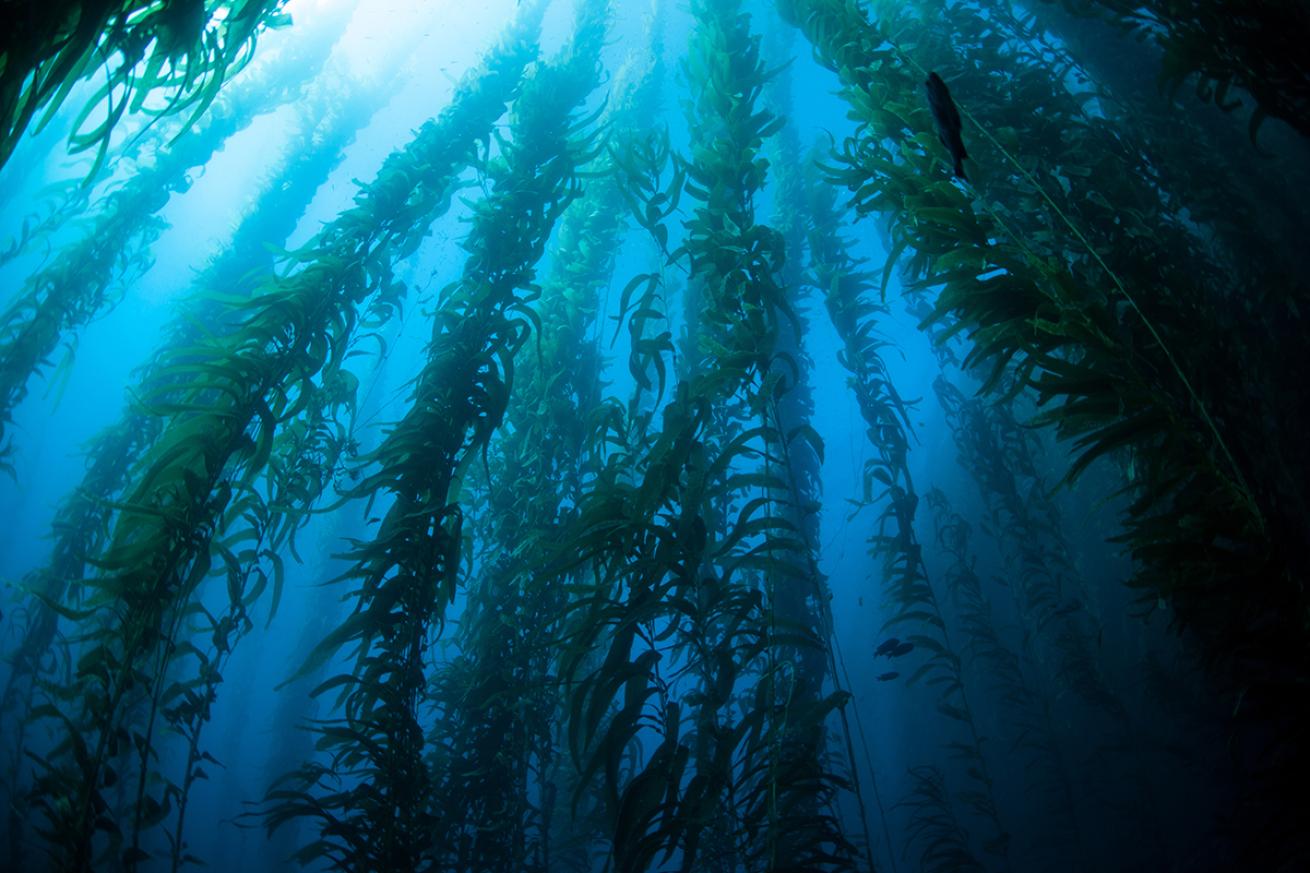
Ethan DanielsKelp forests grow in the protected waters surrounding the Channel Islands of California.
About 21 percent of the waters in this vast park are marine protected areas. California began protections in the Channel Islands in 2003, defending sensitive areas such as breeding grounds and designating them no-take zones. Since then, marine life, including leopard sharks, olive rockfish and white seabass, has come back in big numbers.
Gardens of the Queen National Park, Cuba
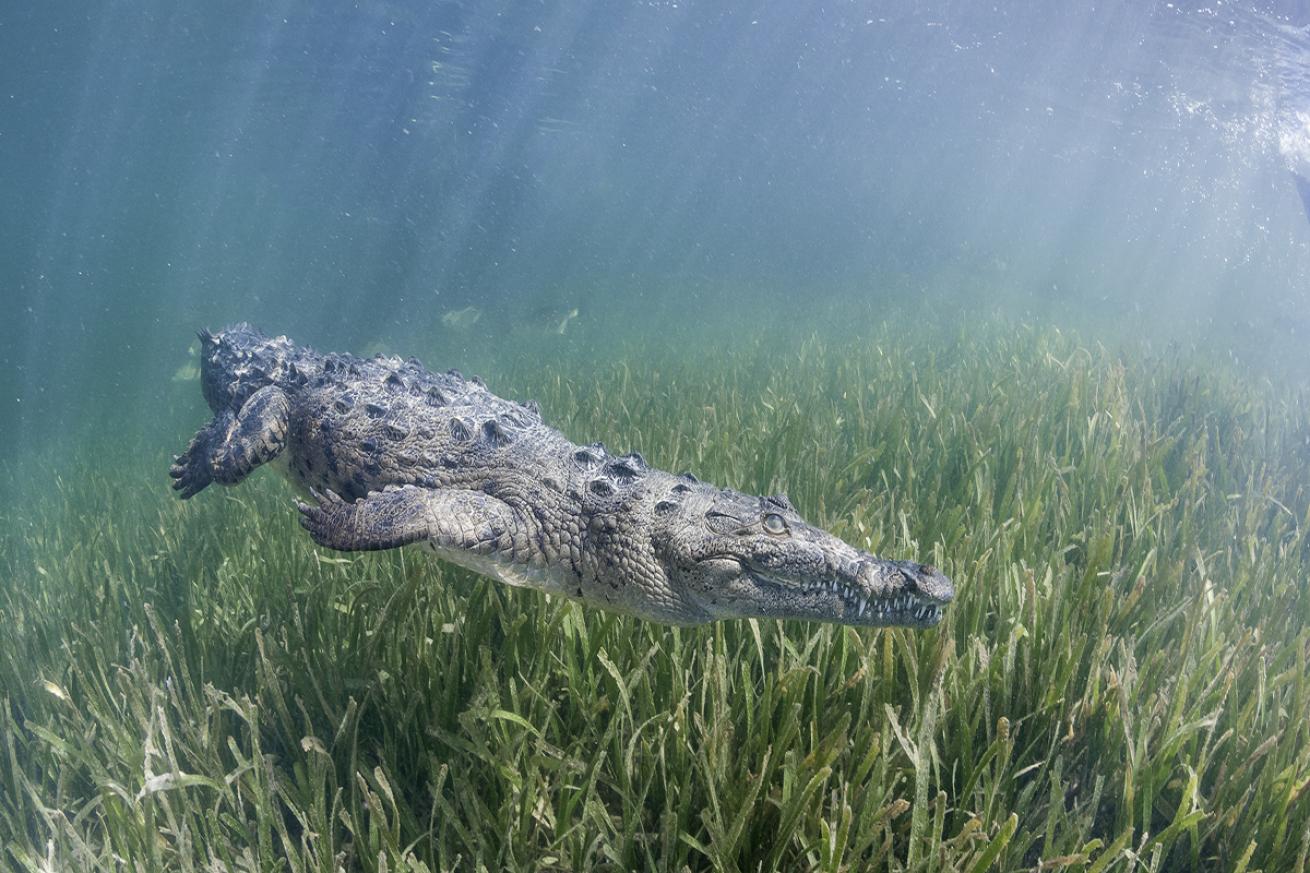
Shutterstock.com/WildestAnimalThe species of crocodile found in Cuba's Gardens of the Queen can't be found anywhere else on the planet.
Off the southern coast of Cuba, Gardens of the Queen quickly gained popularity for its masses of silky, Caribbean reef and nurse sharks, as well as goliath, black, Nassau and yellowfin grouper found on every dive. The marine life is protected thanks to the help of an Italian catch-and-release fishing and diving company that worked with the Cuban government to create no-take areas.
Cabo de Palos e Islas Hormigas Marine Reserve, Spain
This no-take area off the southeast coast of Spain is hailed for its seamounts, where scads of life gather, from groupers to baitballs. Biodiversity includes tuna, frogfish, moray eels, and dorid and flabellina nudibranchs. Sala names it a personal favorite: “It’s a little Cocos Island in the Mediterranean.”
Cabo Pulmo National Park, Mexico
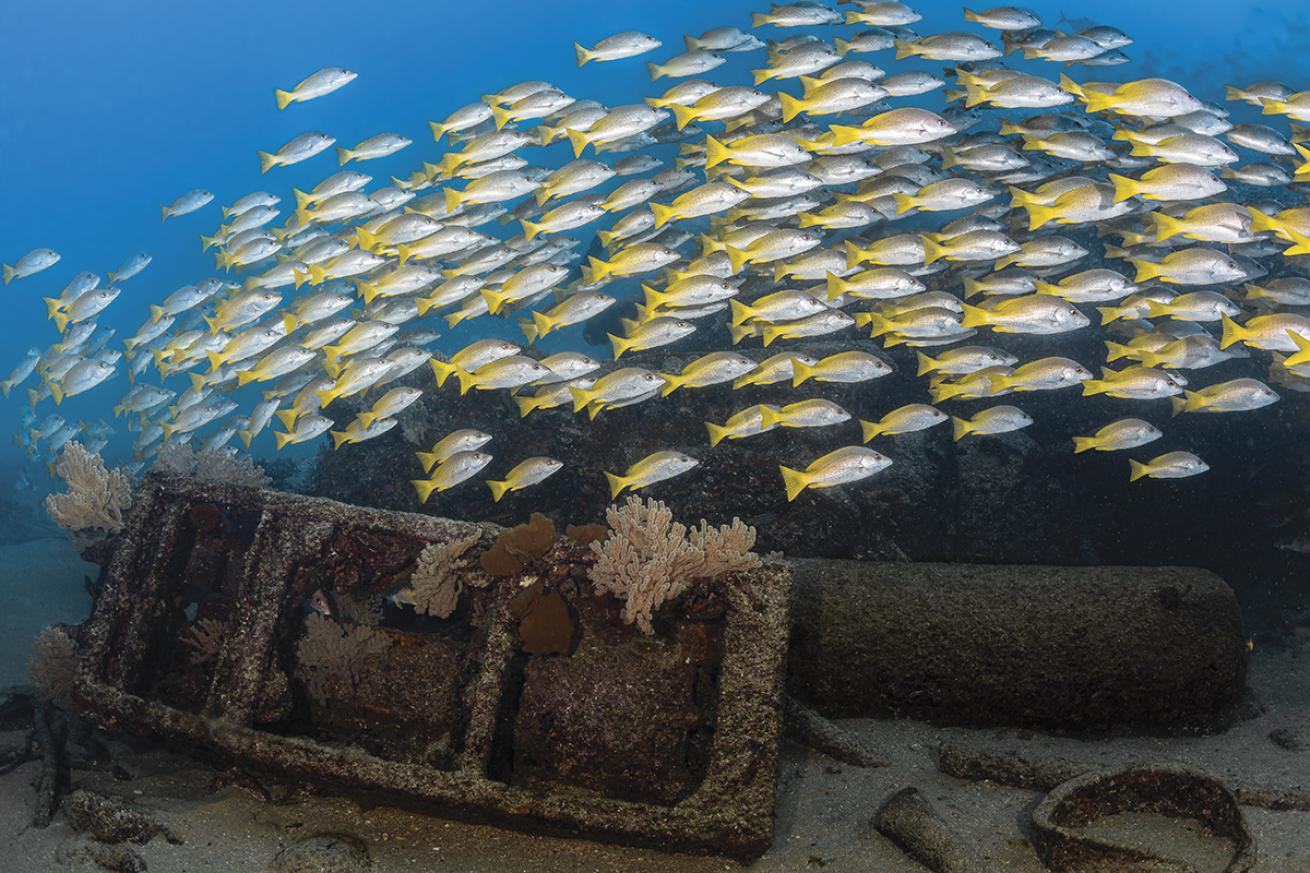
Jennifer PennerCabo Pulmo's fish populations rebounded better than anywhere else in the world, highlighting the impact an MPA can have on a region.
“This is where we have recorded the largest recovery of fish in the world,” says Sala of the protected area along the tip of the Baja Peninsula. “In 10 years of protection, it returned to a pristine condition.” Local community enforcement of the regulations played a crucial role in the area’s recovery.
More Marine Protected Areas:

